
cd_nom
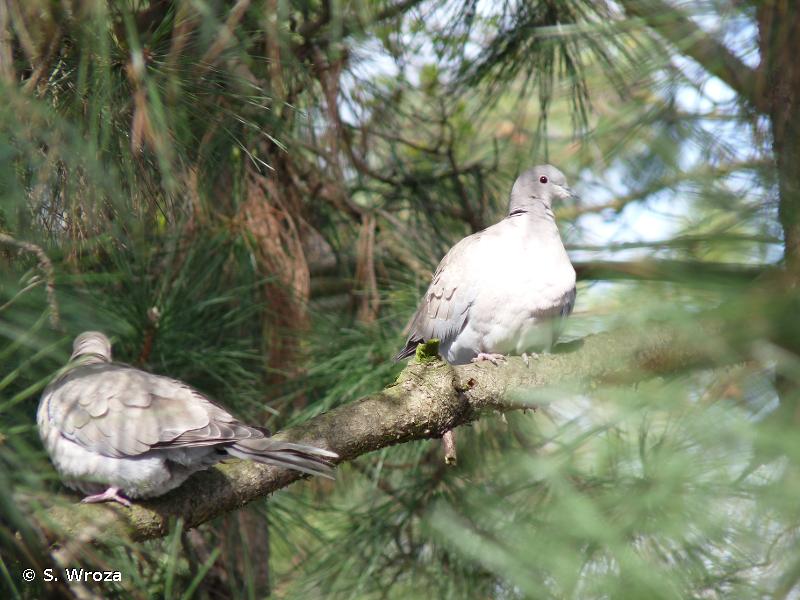
| Author : S. Wroza |
 |
Despite the Creative Commons license, please inform the author of the use which will be made of his photo

| Author : S. Wroza |
 |
Despite the Creative Commons license, please inform the author of the use which will be made of his photo
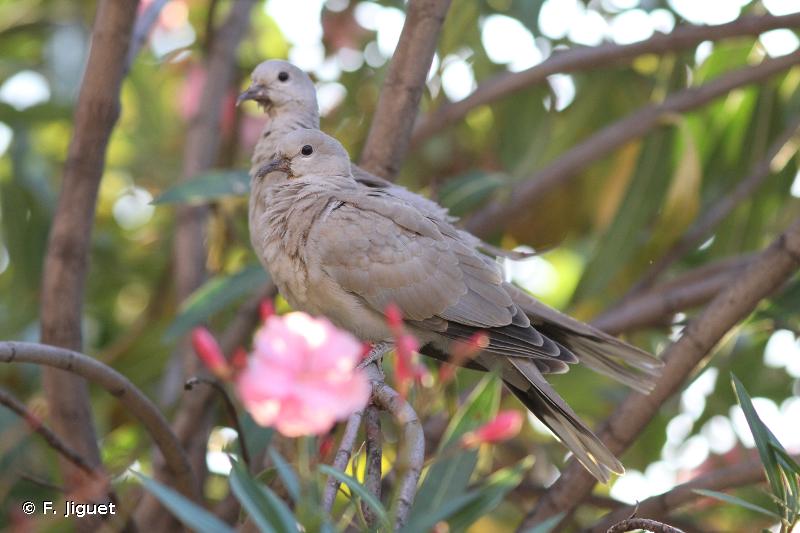
| Author : F. Jiguet |
 |
To get the picture, please visit:
Frédéric Jiguet
CRBPO
email : inpn@mnhn.fr
Despite the Creative Commons license, please inform the author of the use which will be made of his photo
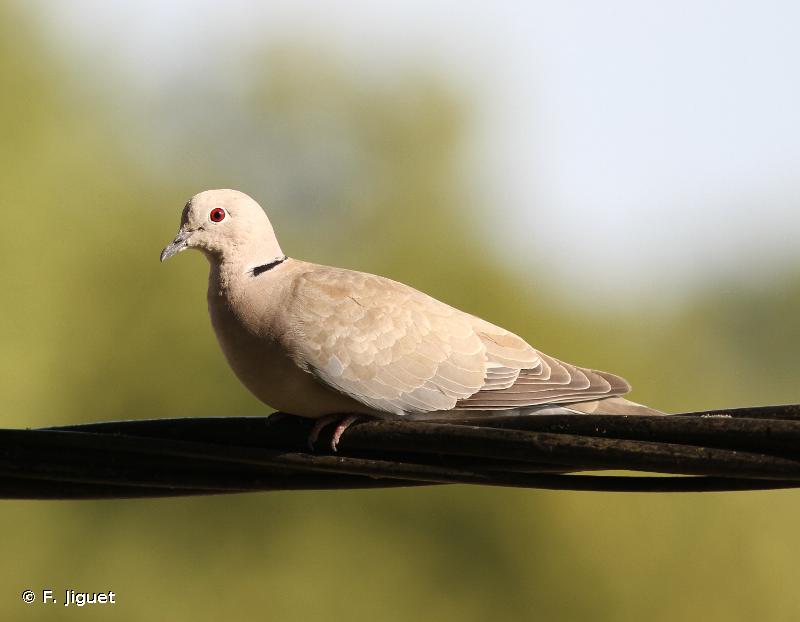
| Author : F. Jiguet |
 |
To get the picture, please visit:
Frédéric Jiguet
CRBPO
email : inpn@mnhn.fr
Despite the Creative Commons license, please inform the author of the use which will be made of his photo
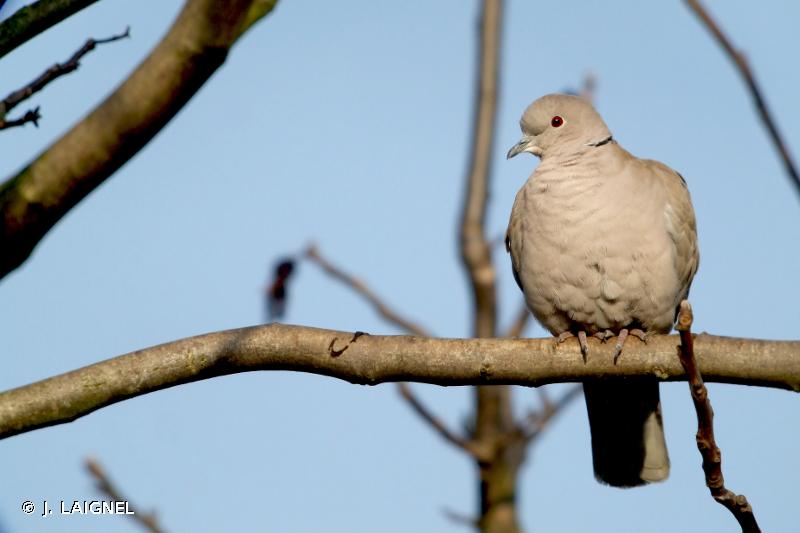
| Author : J. LAIGNEL |
 |
To get the picture, please visit:
Julien Laignel
Chargé de mission SNB - SPN/MNHN
4, avenue du Petit Château
91800 BRUNOY
Tel.: 06.10.68.23.36
Mail: julien.laignel@9online.fr
Despite the Creative Commons license, please inform the author of the use which will be made of his photo

| Author : O. Roquinarc'h |
 |
To get the picture, please visit:
Océane ROQUINARC'H,
Muséum national d'Histoire naturelle,
Service du Patrimoine Naturel,
4 Avenue du Petit Château,
91800 BRUNOY
mail : oroquinarch@mnhn.fr
Legend: Moisson (78).
Despite the Creative Commons license, please inform the author of the use which will be made of his photo
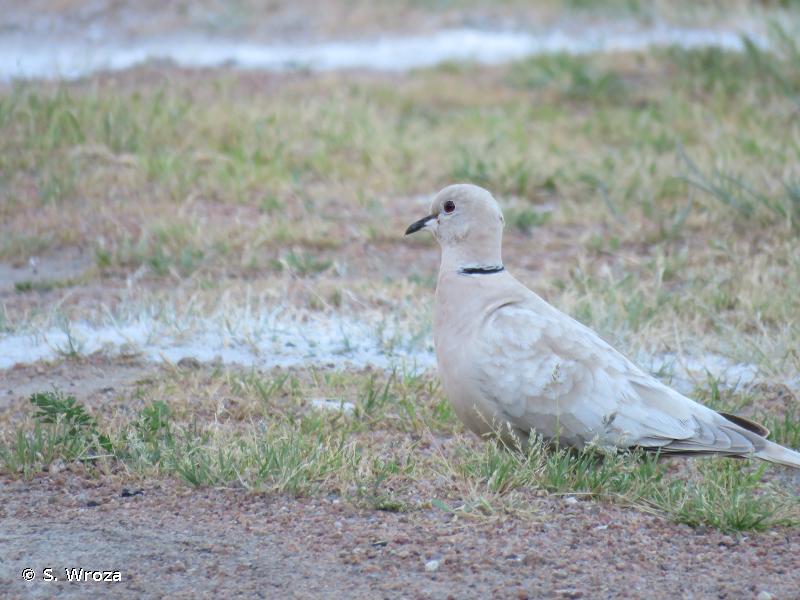
| Author : S. Wroza |
 |
Despite the Creative Commons license, please inform the author of the use which will be made of his photo
Taille/poids :
Longueur 27 cm, envergure 55 cm, poids moyen 200 g.
Diagnose :
L'espèce se distingue par sa coloration gris rosé, son demi-collier noir et ses rémiges primaires noirâtres.
Détermination :
Le chant trisyllabique cou-couh-cou est caractéristique. Il appartient aux émissions vocales simples composées de deux types de sons (structure rythmique sur trois notes, très caractéristique, la deuxième note étant accentuée).
https://inpn.mnhn.fr/jeux/oiseaux/listen/emissions_vocales_simples_deux_sons/3429
Biologie-éthologie :
L'espèce est sédentaire, pouvant former des dortoirs hivernaux regroupant parfois plusieurs centaines d'individus. Elle se nourrit le plus souvent de graines trouvées à terre. Elle chante fréquemment durant la saison de nidification, mais peut chanter presque toute l'année. La saison de nidification peut commencer dès février et se prolonger jusqu'en septembre. Bien que la ponte ne comprenne que deux œufs, la brièveté de l'incubation (deux semaines) et de la période d'élevage (un mois environ, mais les jeunes quittent parfois le nid dès l'âge de deux semaines) autorise un nombre conséquent de nichées successives (régulièrement 4, mais parfois jusqu'à 6 par an). Le réchauffement climatique est susceptible d'entraîner une augmentation du nombre des nichées.
Biogéographie et écologie :
Ce n'est qu'au cours du XXème siècle que cette tourterelle a colonisé l'Europe de l'ouest, atteignant la France à partir de 1950. Elle est aujourd'hui commune dans les villes et les villages, notamment dans les jardins de banlieue et à la campagne, plus rare dans les grands centres urbains.
J. Comolet-Tirman(UMS 2006 Patrimoine Naturel (AFB / CNRS / MNHN)),2016
Continental
Metropolitan France
Overseas
Marine
Metropolitan France
Overseas
The map presents a summary at the 10 x 10 km grid of the observation data for the species transmitted to the SINP. These data have been subjected to validation filters.
The map presents a reference distribution layer of the species at the scale of departments and marine sectors. The presence and absence data were established by expertise within a network of partners. This reference distribution is used in the validation process of the SINP data at the INPN level.
Corresponds to a report on the basis of at least one observation proved within a period of 10 years (20 years for little-known invertebrates) preceding the year and no presumption of extinction since obtaining the last data nor doubt on reproductive and implemented nature of this population. For migratory species, the presence indicated concerns areas of reproduction.
This status is based on one or more of the following criteria:
This point covers the absence, more difficult by nature to demonstrate than presence. This status is based on one or more of the following criteria:
This status must be assigned to a department in which the presence of the species is casual.
Particular case of absence due to a proven extinction less than a half century ago (older disappearances are treated as "no probable or definite").
In the state of knowledge, we can not comment on the presence or absence in the current department. This is the default status when not comprised in one of the previous categories or whenever there is doubt.
The map shows the global distribution of the species based on GBIF data (Global Biodiversity Information Facility).
